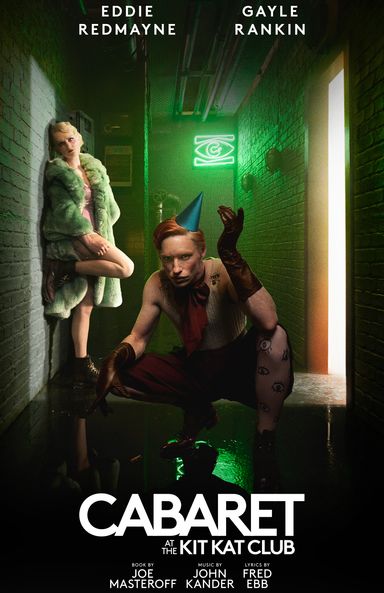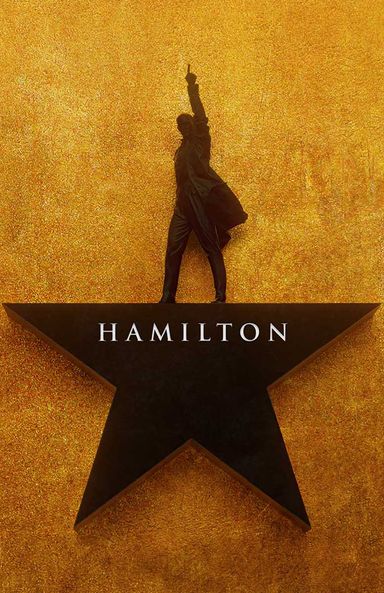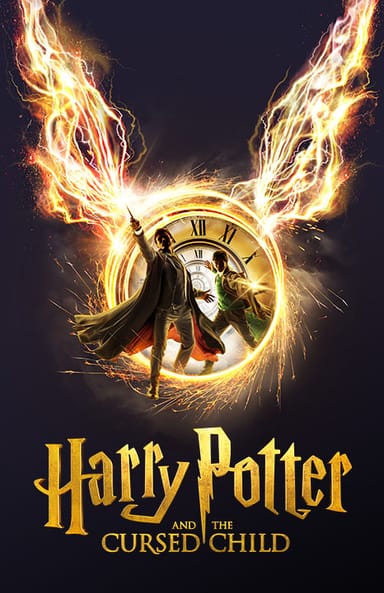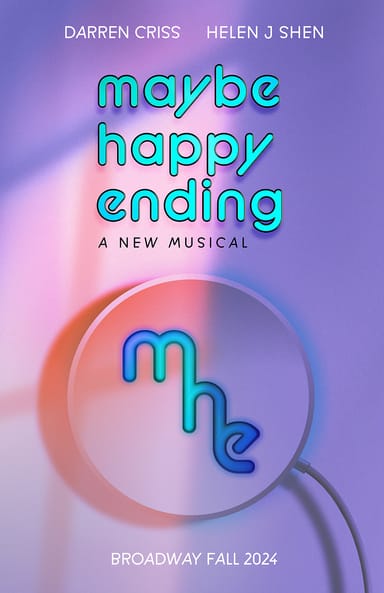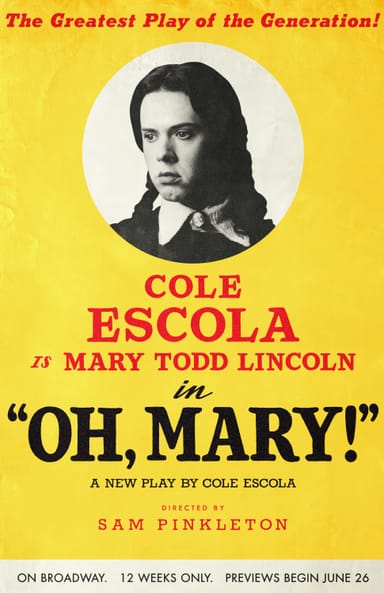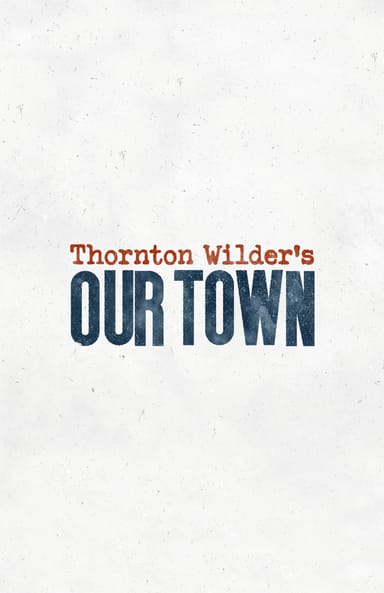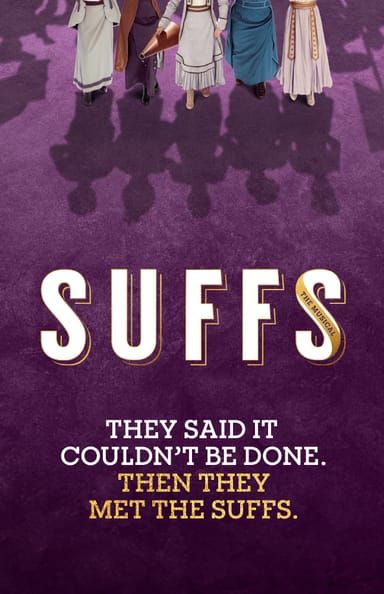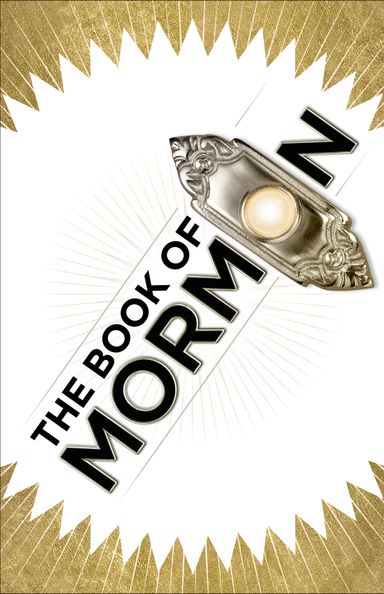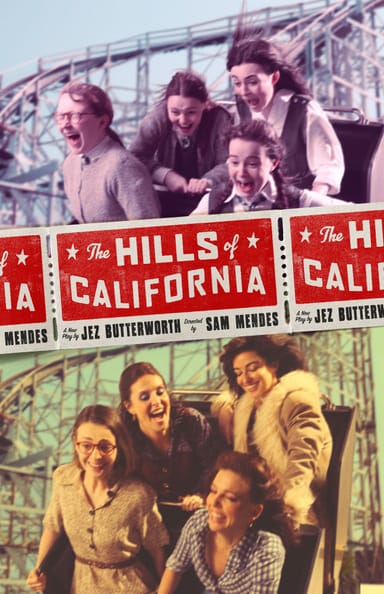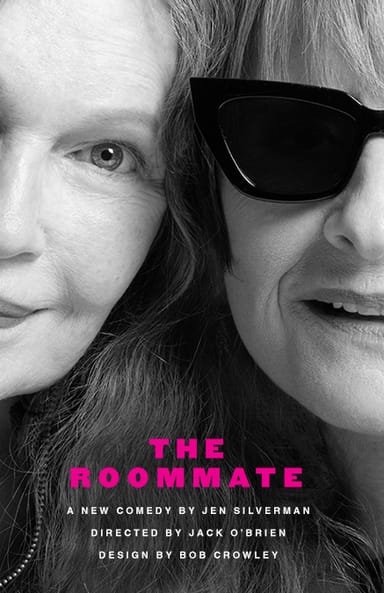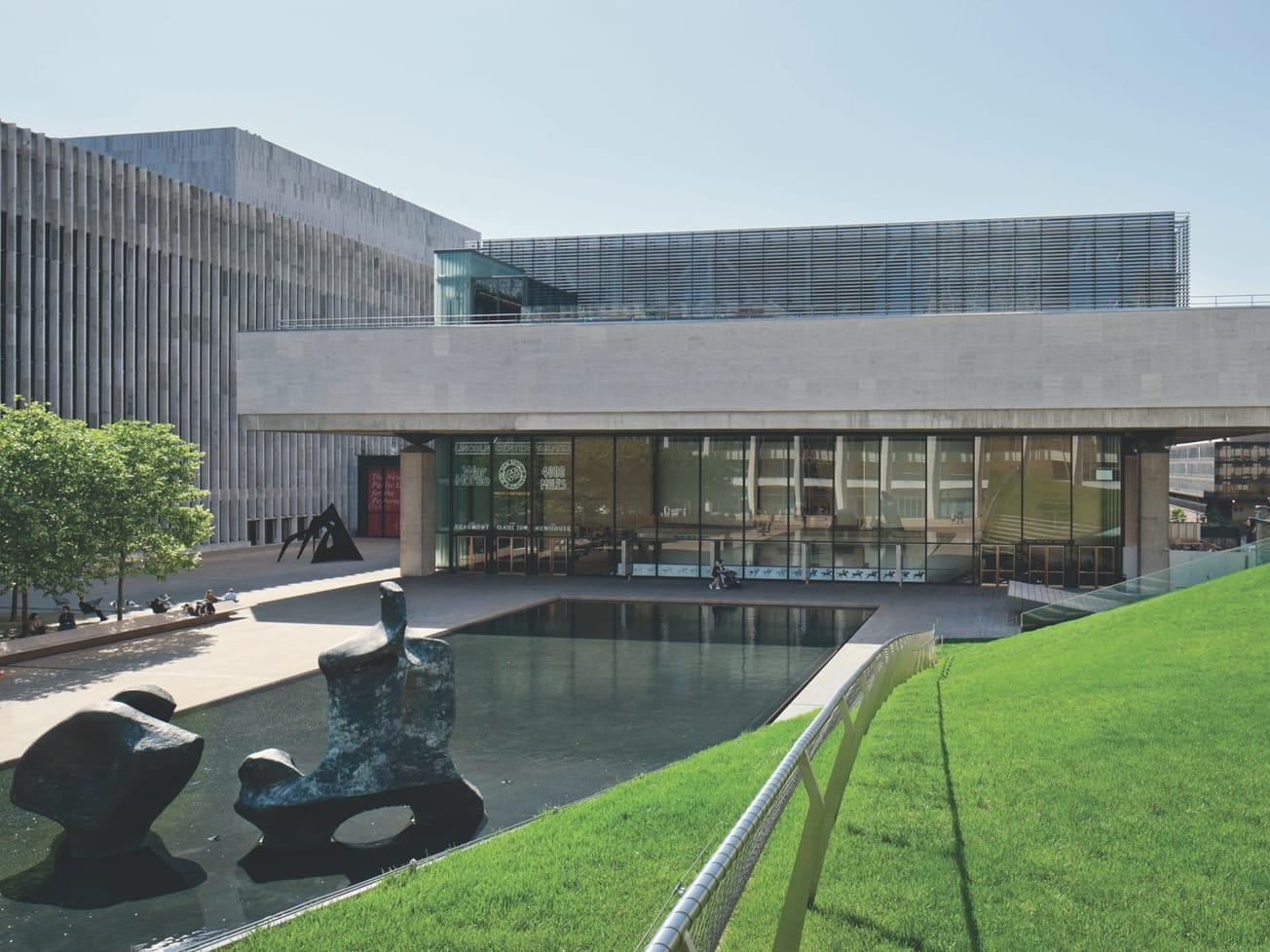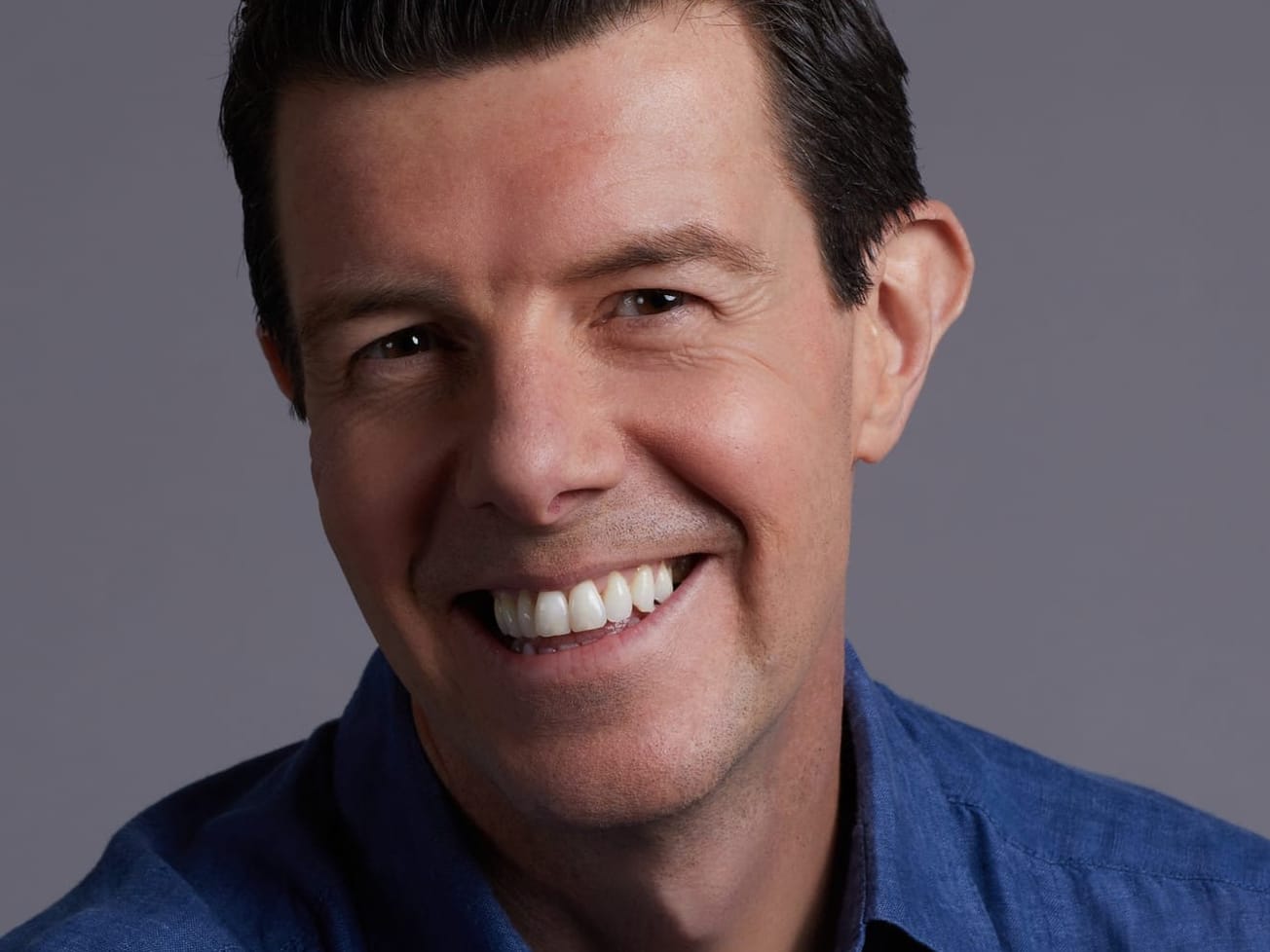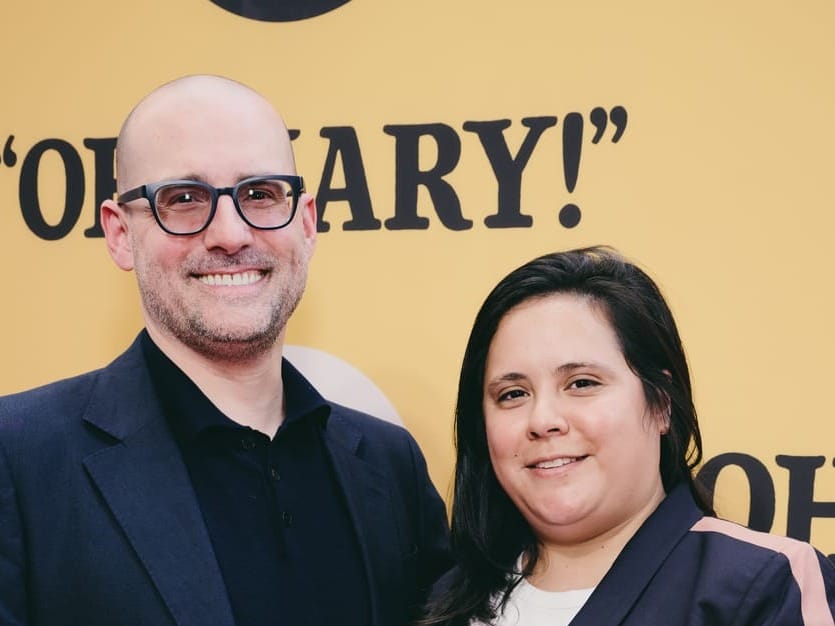In the days leading up to March 12, 2020, investors and invitees had begun flying to New York from around the world to attend the Broadway opening of “Six.”
Producer Kevin McCollum knew a Broadway shutdown was a possibility. An usher had already contracted COVID-19 and the NBA had just suspended games, but he was not sure when the call would be made.
The afternoon of March 12, McCollum, other producers and Broadway theater owners were invited to a meeting at the Broadway League. They were told Gov. Andrew Cuomo was planning to close theaters at 7 p.m. that night. The “Six” opening was planned for 6:30 p.m., a potential loophole in the shutdown declaration.
But, considering the practical intent and message behind it, McCollum decided not to move forward. The Broadway closure time was moved to 5 p.m., which also put a stop to the show’s red carpet event.
“I didn’t want to be the last show to open before the closure,” McCollum said. “I want to be the first show to reopen.”
Later that day, Broadway producers and theater owners gathered at Sardi’s in recognition of the moment. “Six” cast members and guests met at Glasshouse Tavern to toast what might have been.
Looking back at the first Broadway shutdown, producers recall a frenzied day of meetings and communications with cast and crew members, alongside promises to see each other again in a month. A month turned into a year of closure announcements, learning more about the virus and finding modes of operating within it.
Following the announcement, “Jagged Little Pill” producer Eva Price tasked herself with taking care of her cast and crew, including helping sick members find COVID tests. This work soon transitioned into Broadway League negotiations over health insurance coverage and payment for union members.
“We knew so little about this disease, and so little about what was to come that we were also all able to deal with those challenges in what we thought was a short-term way, which I think is a lot easier to face than the existential threat of being closed over a year, year-and-a-half or more,” Price said.
In Australia, “Moulin Rouge!” producer Carmen Pavlovic — another show hit early on by COVID-19 — began coordinating with creative teams across the globe on border closures, insurance coverage and new dates for the five planned productions. At the time, her team thought it was taking a very conservative approach by planning for closures through June 30, 2020.
As Broadway closure announcements continued — first to June 2020, then September, then January 2021 and now through May — the updates to cast and crew were painful, but blunted, given the wealth of bad news throughout the year, according to Price. At one point, after months of trying to plan for different outcomes, Pavlovic put a moratorium on trying to determine the comeback date.
“Constantly sitting in meetings trying to guess the outcome, exhausting ourselves with a Rubik’s Cube and then at the end of it everybody will go ‘Well, we don’t know anyway.’ I just thought we have to put a stop to that,” Pavlovic said.
This mentality has now been somewhat updated, as Pavlovic and her team prepare to open “Moulin Rouge!” in Australia in August and, like many others, see the fall as a possibility for Broadway reopening.
In the interim, producers have turned to working on events within their control.
McCollum found an opportunity to continue work on his developmental projects, which include “The Notebook” and “The Devil Wears Prada,” and make updates to “Mrs. Doubtfire.” These sessions have taken place both virtually, and, in the case of “The Devil Wears Prada,” at a writer’s retreat in Indiana.
“It’s been very productive,” McCollum said.
He has also been working with Broadway League members lobbying to update Save Our Stages guidance to allow productions that were not open in 2019, such as “Six” and “Mrs. Doubtfire,” to receive grants. They were previously ineligible due to guidelines set by the Small Business Administration.
Beyond preparing for the Australian production of “Moulin Rouge!”, Pavlovic is taking advantage of the downtime to formalize an equity, diversity and inclusion policy with the help of the cast and company members. She is also creating a maternity leave policy, after finding the Broadway — and U.S. — options lacking.
“We’ve been talking a lot with the company and thinking about what will meaningfully make our workplace a welcoming workplace and what will meaningfully make it a representative workplace,” Pavlovic said.
And at “Jagged Little Pill” — which has also been considering ways to offer support to its company — the cast was able to perform together several times, including in-person performances for the Macy’s Thanksgiving Day Parade, their own concert and digital fundraisers. These events were meant in part to keep the brand of the show alive and pay the cast and crew, Price said. But they also served as inspiration to move forward.
As Price notes, producing during a normal season is tough, but the job becomes an entirely different challenge during a pandemic.
“It is truly connecting community, art and humanity in a whole different way than we intended,” Price said. “It takes moxie. It takes energy. It takes positivity.”






